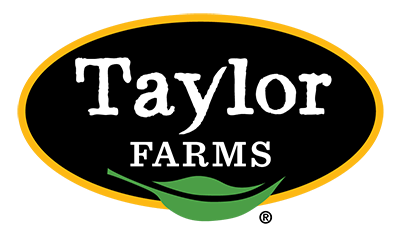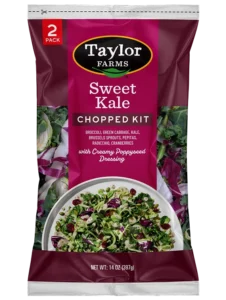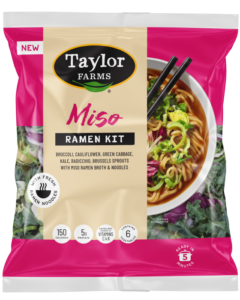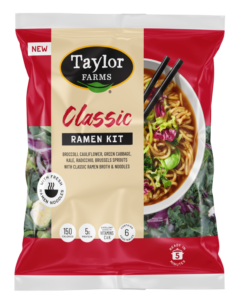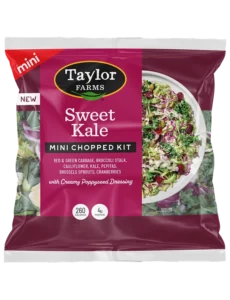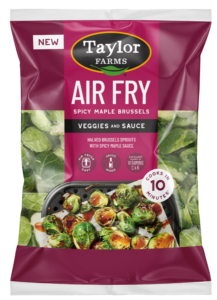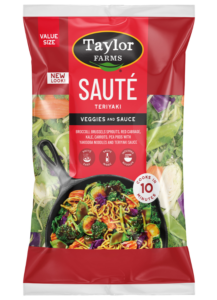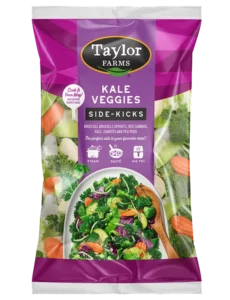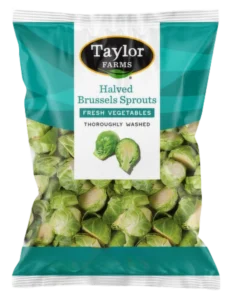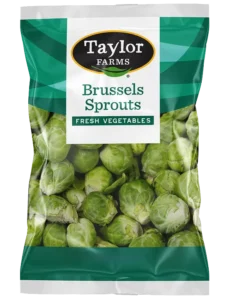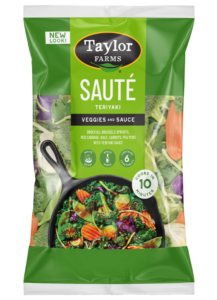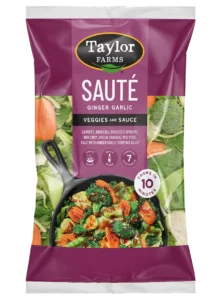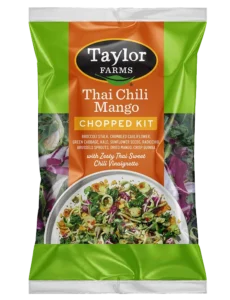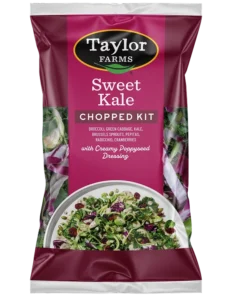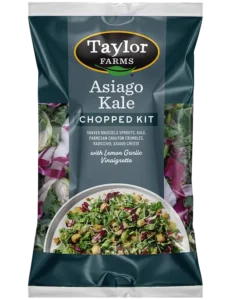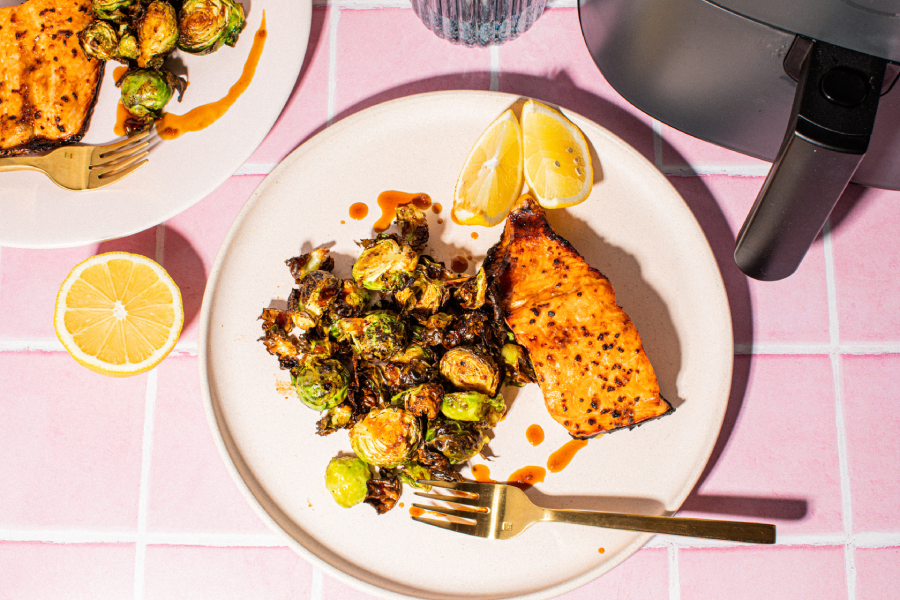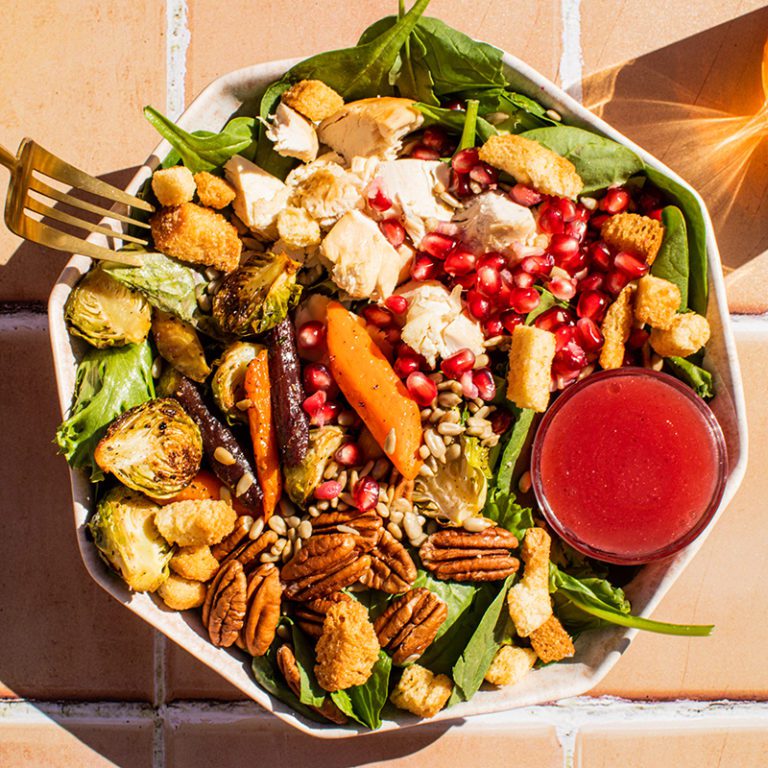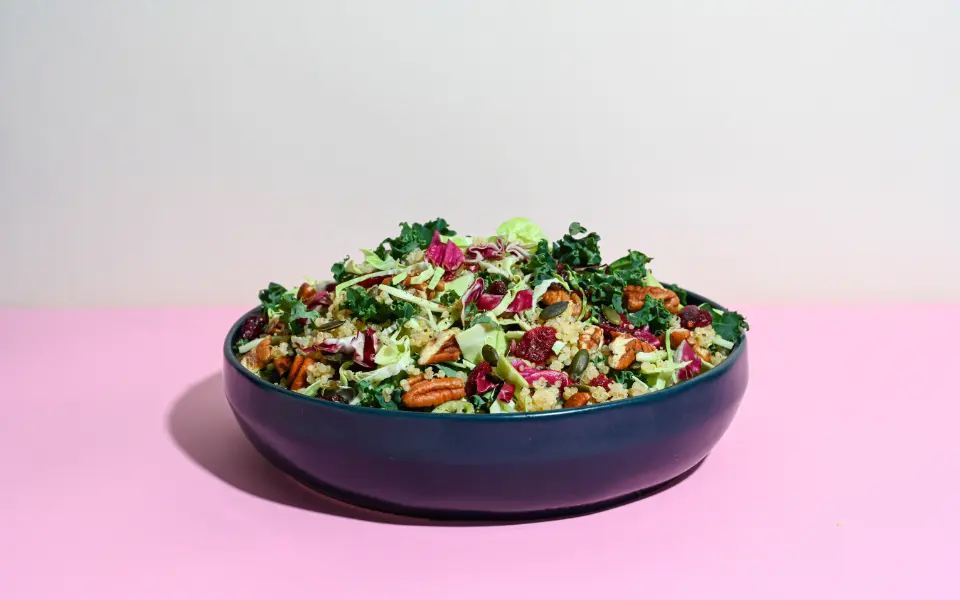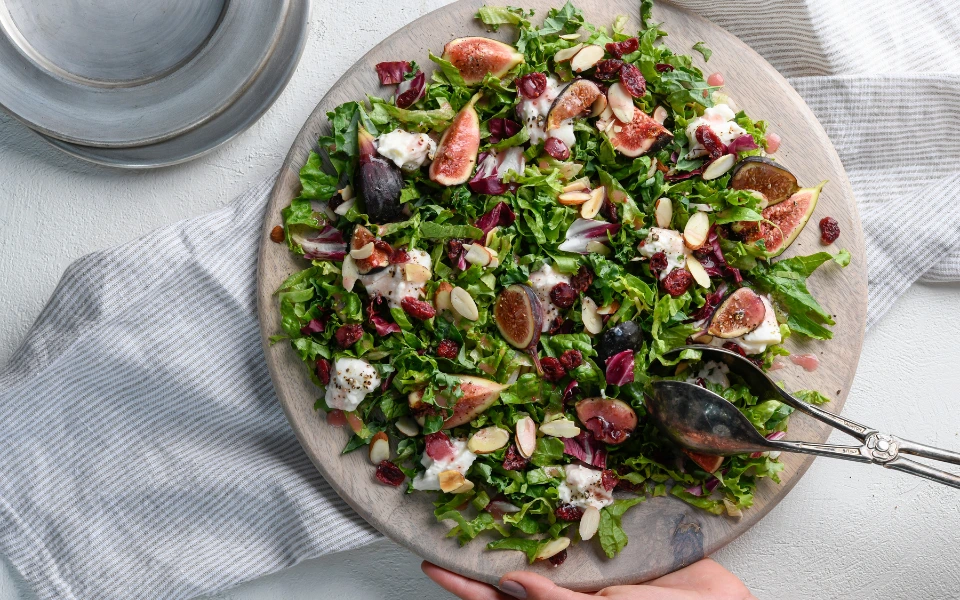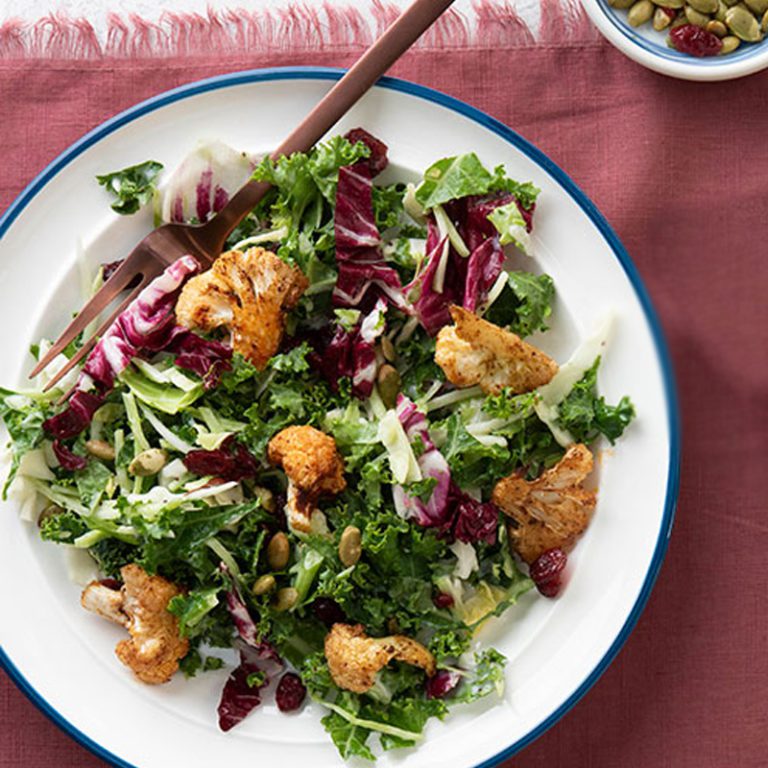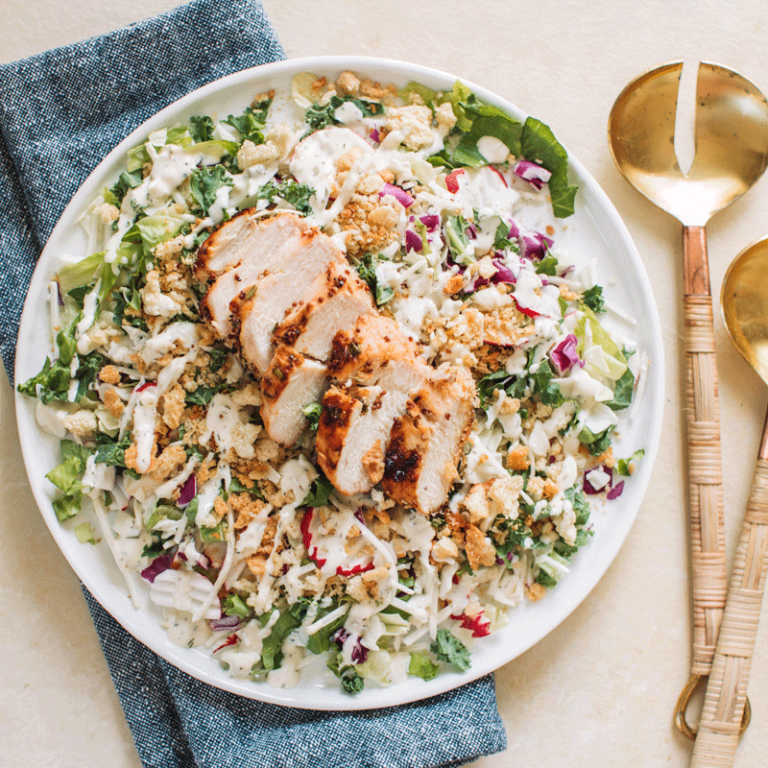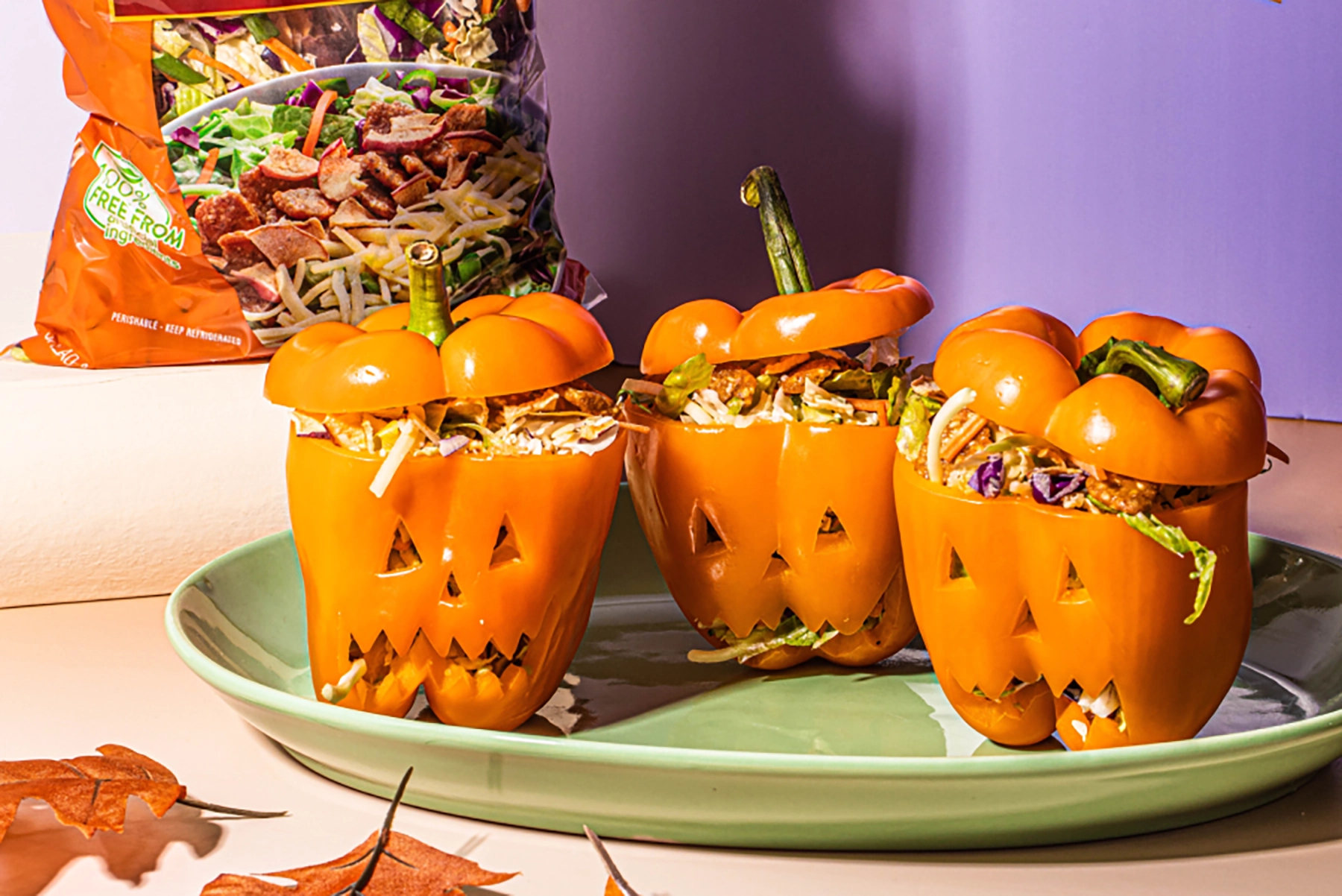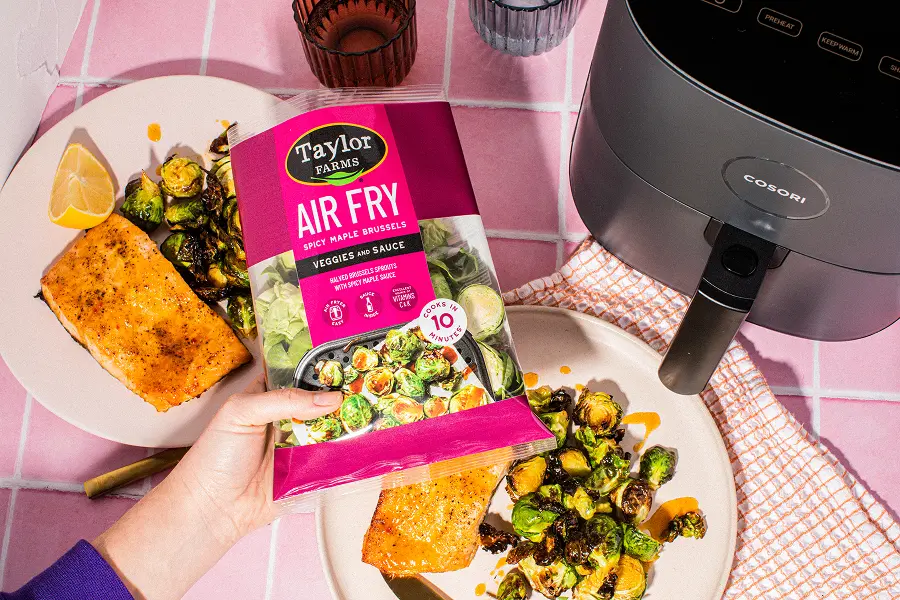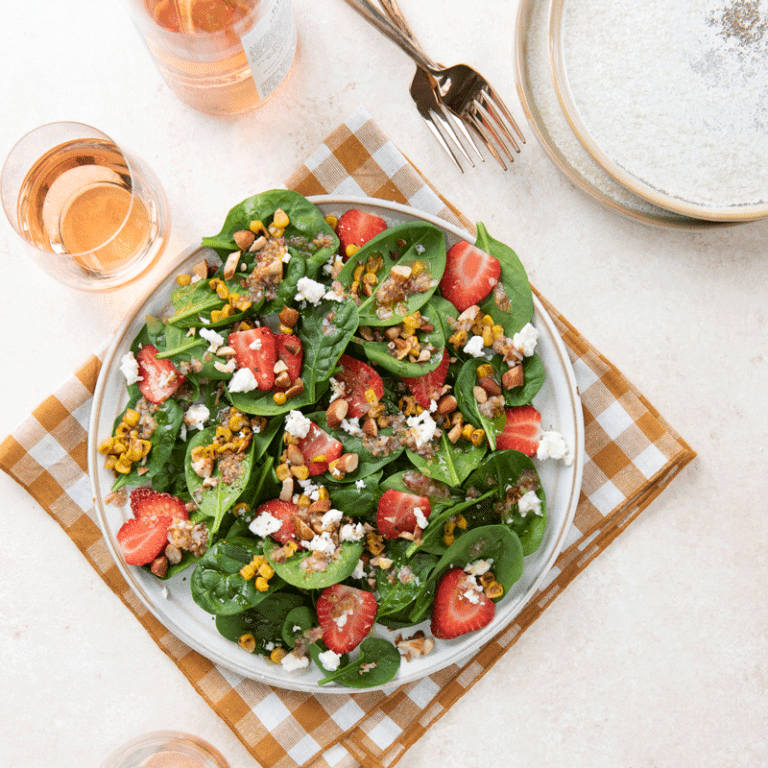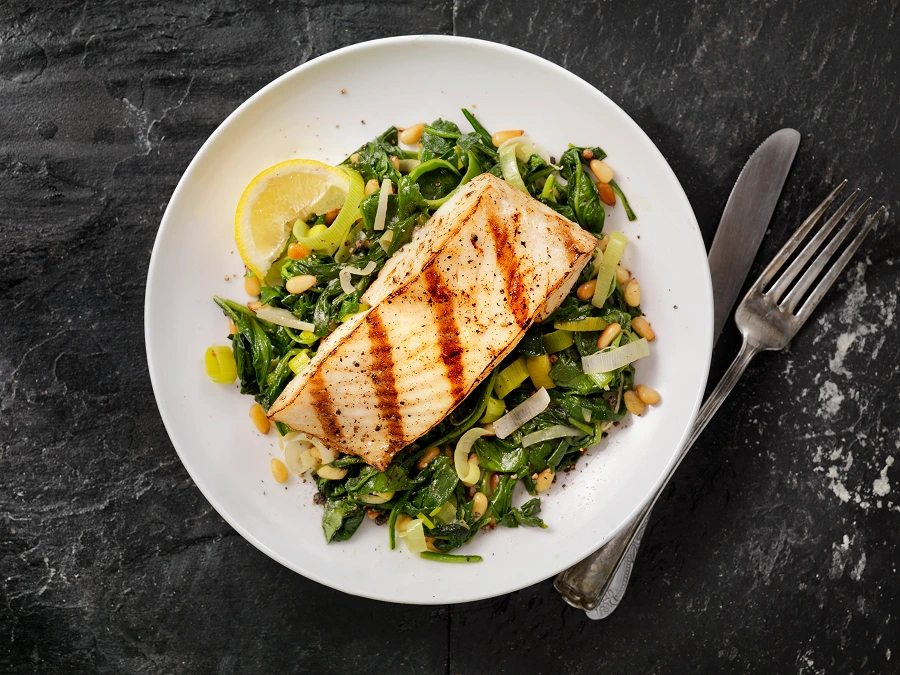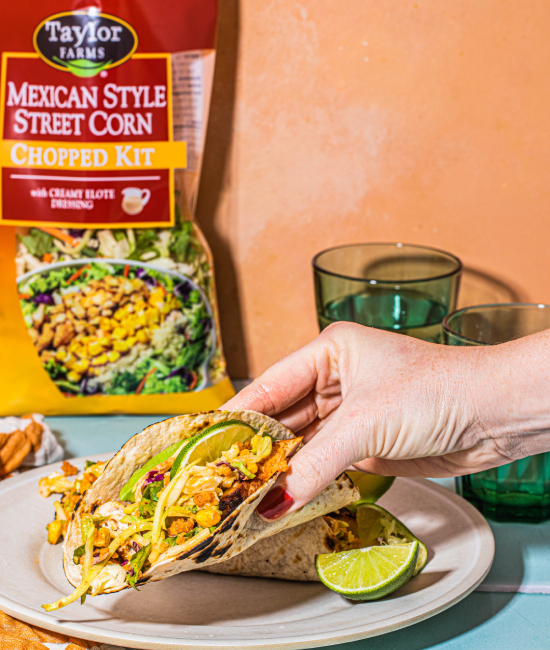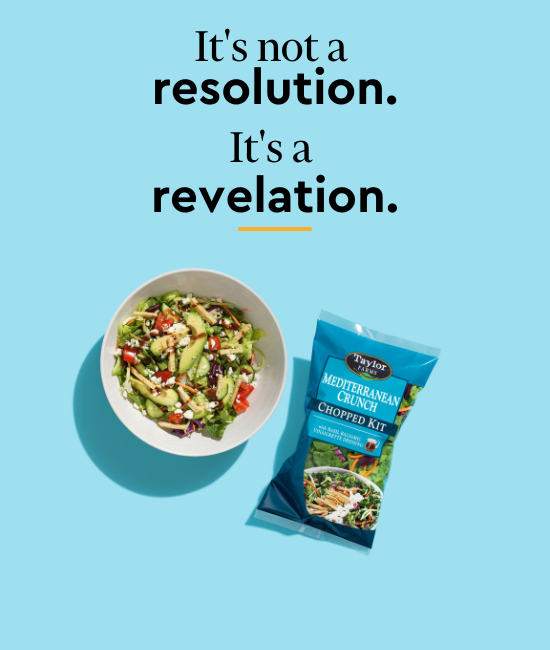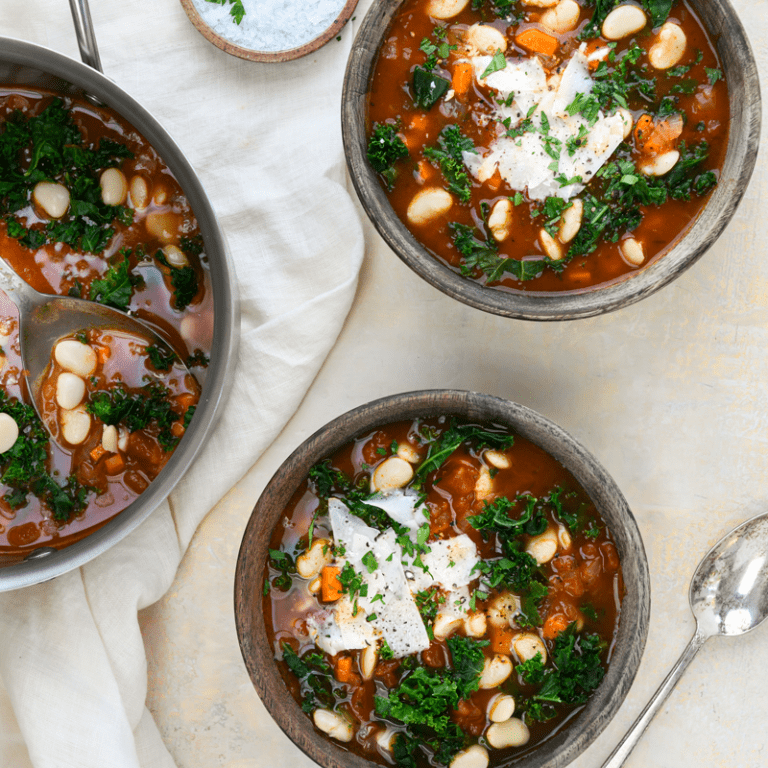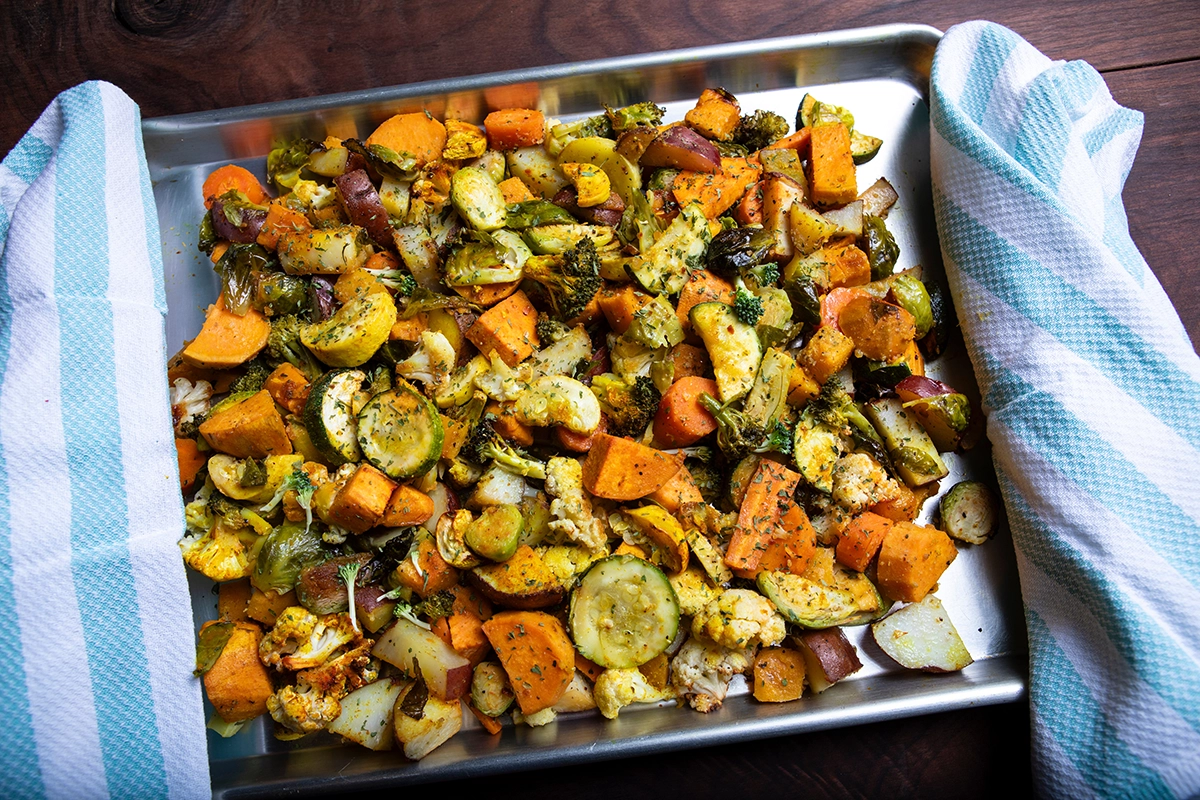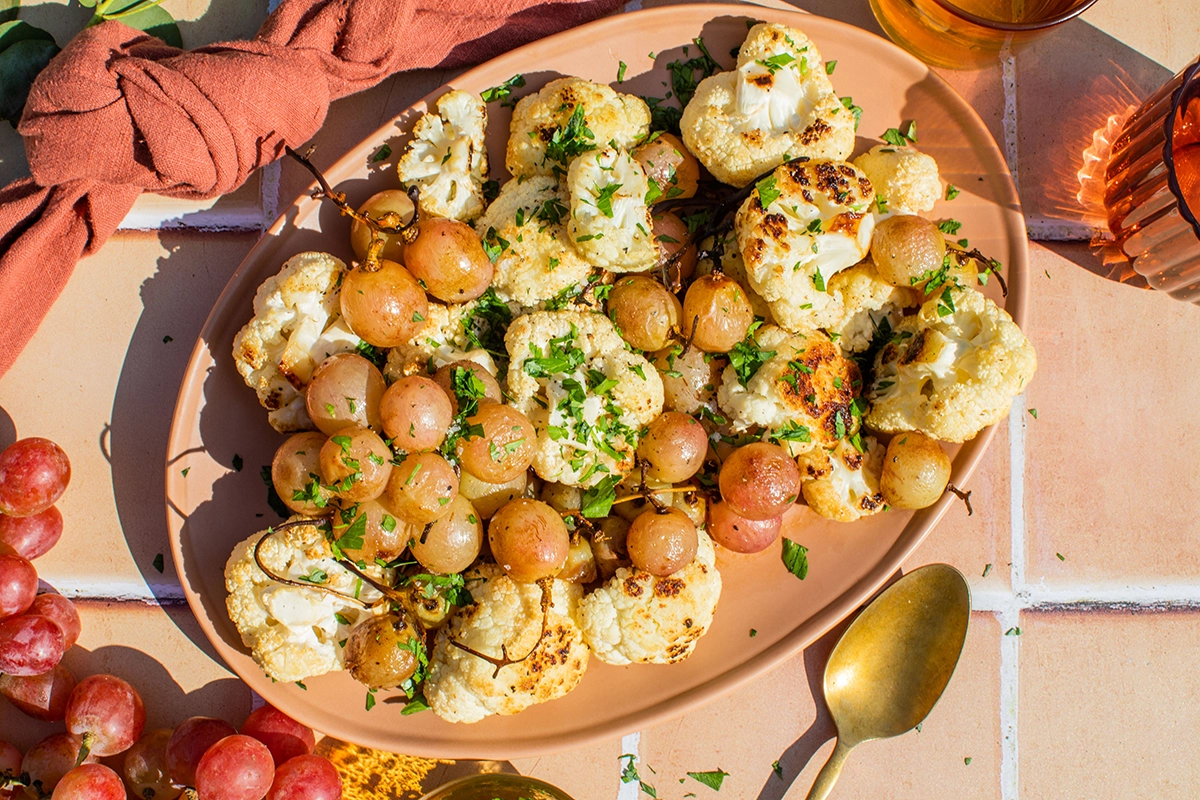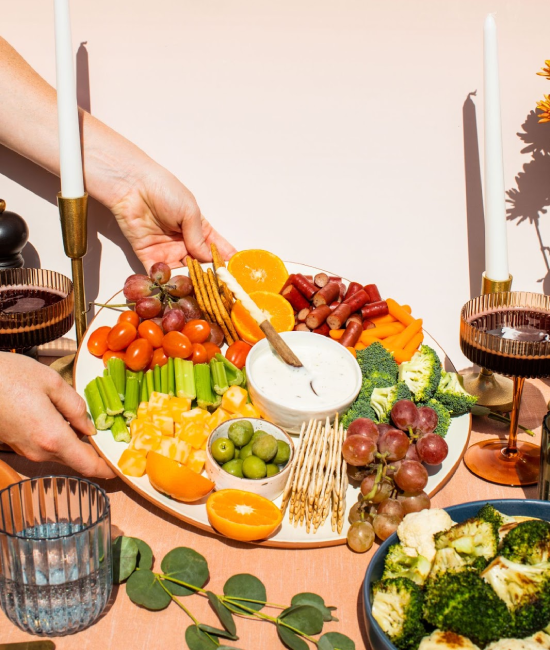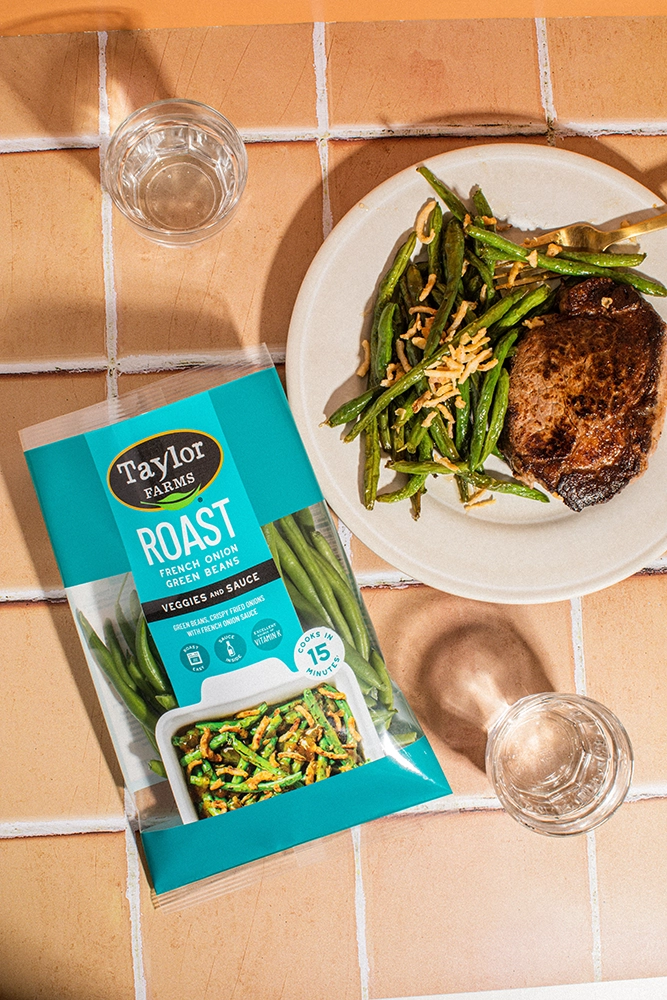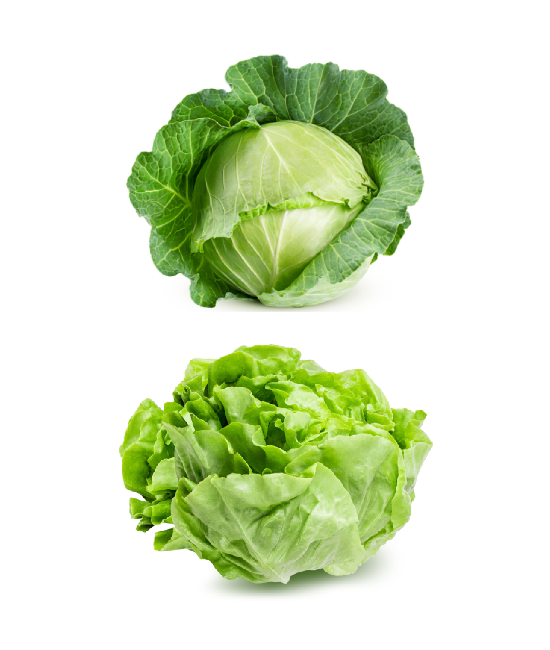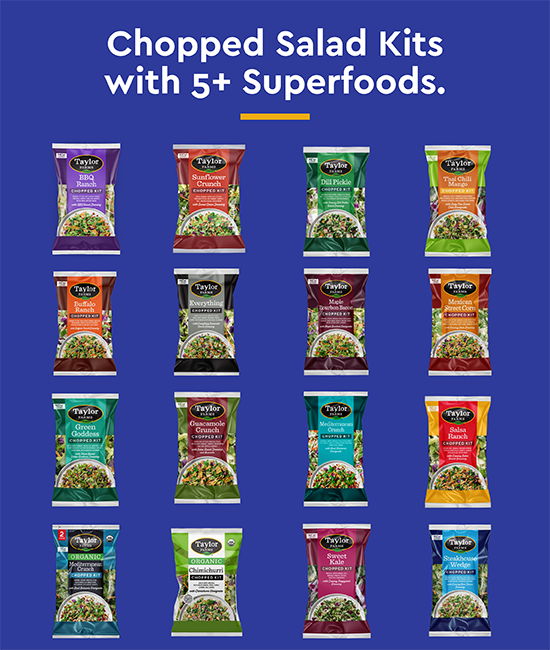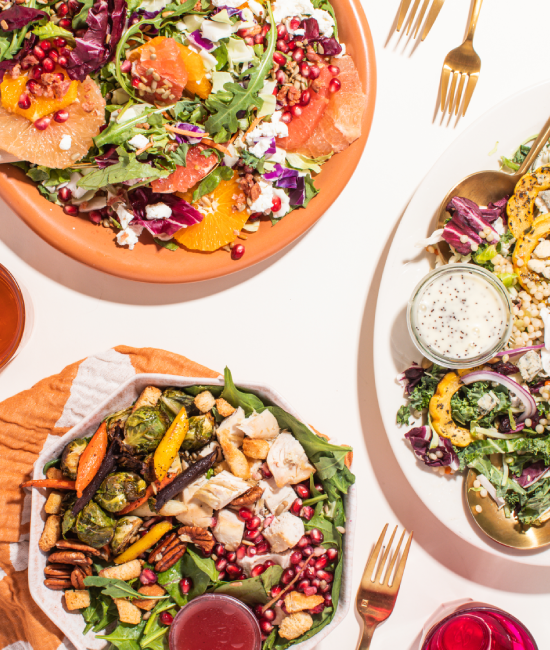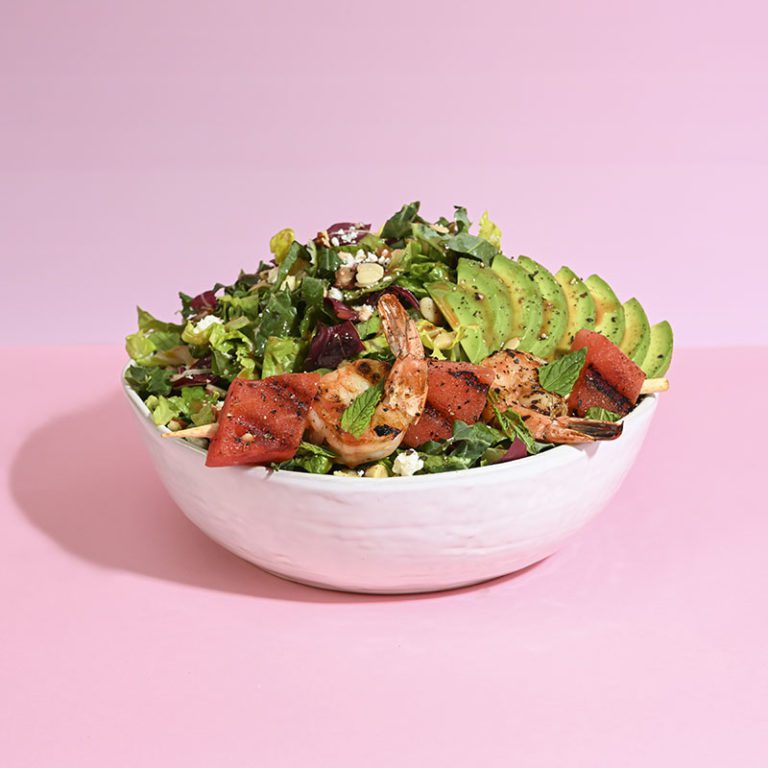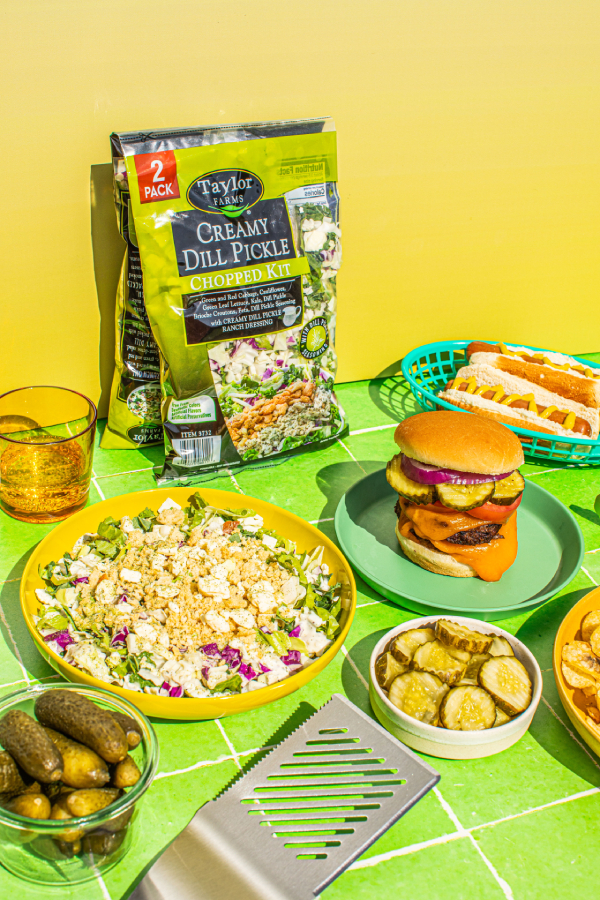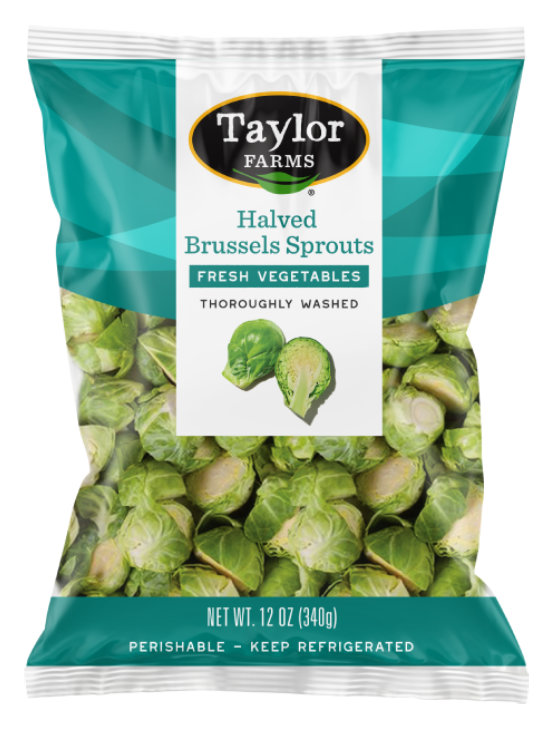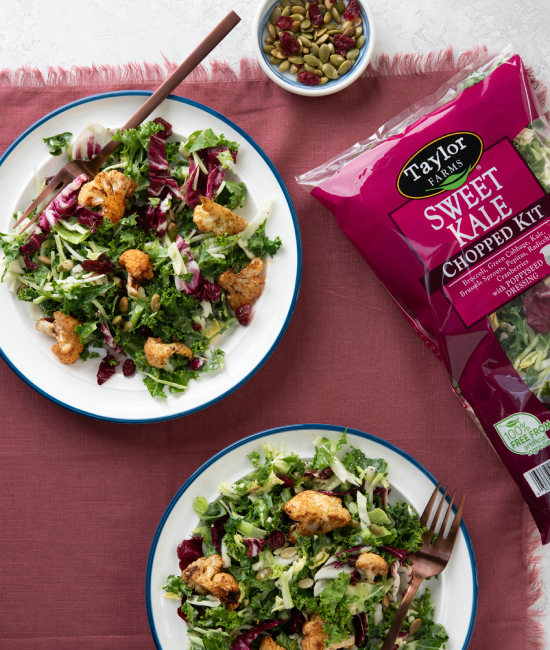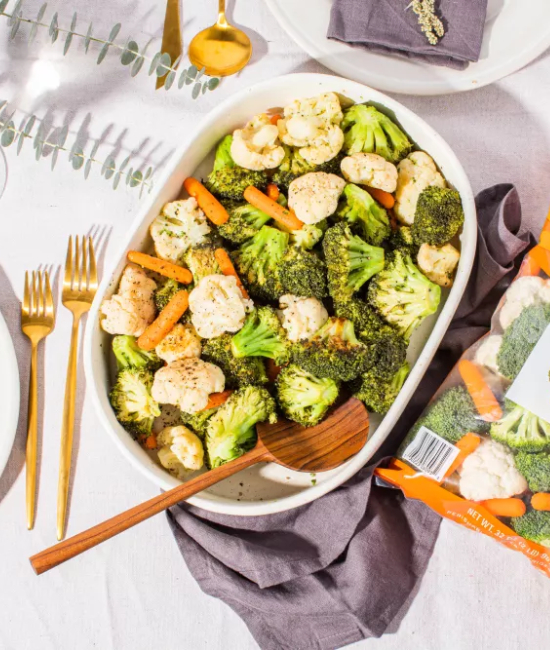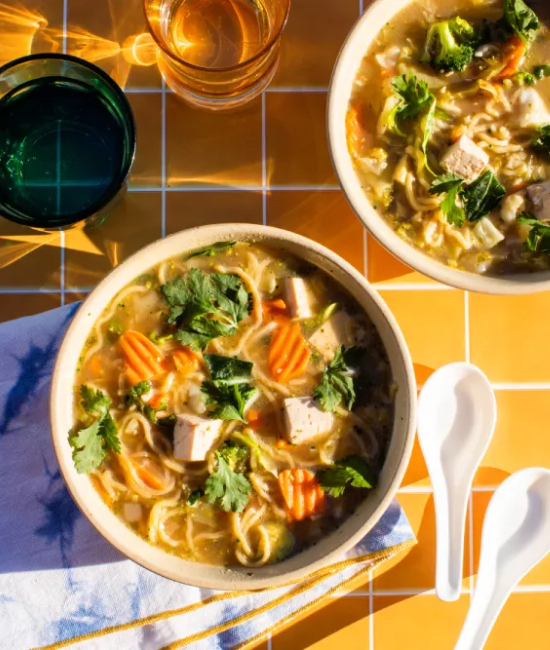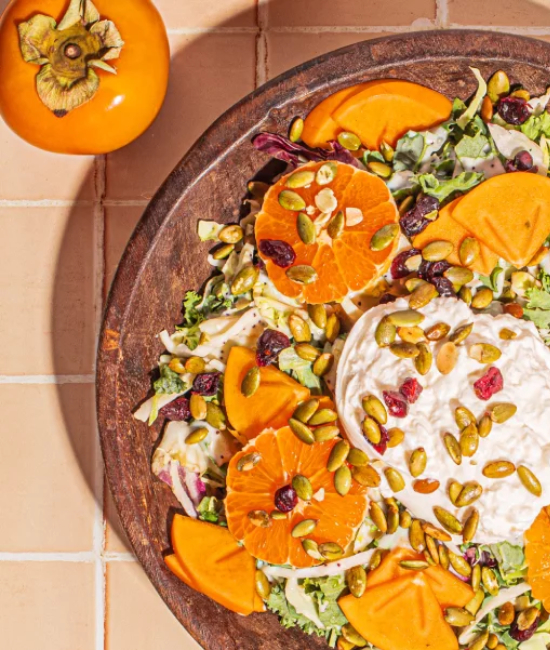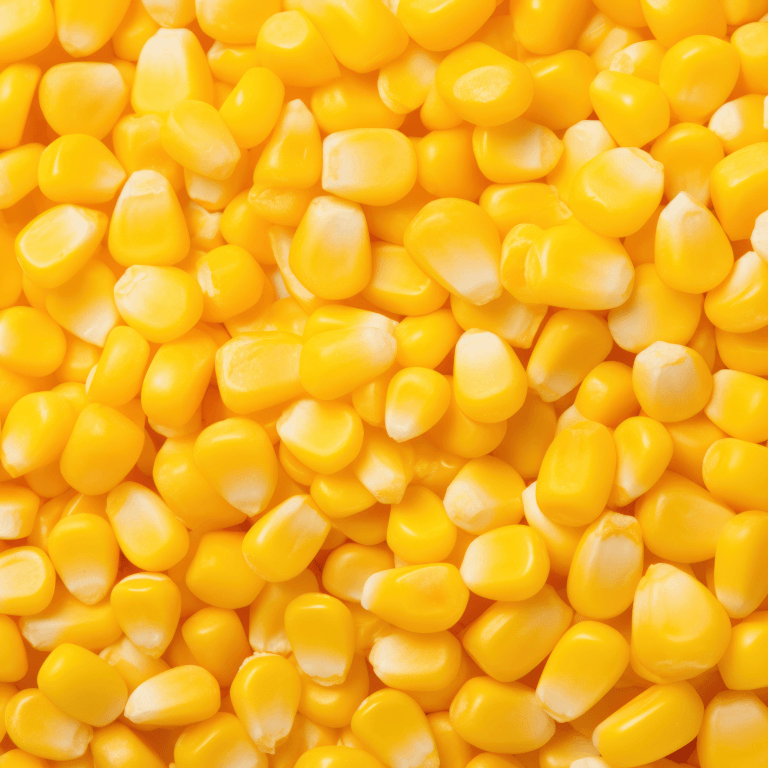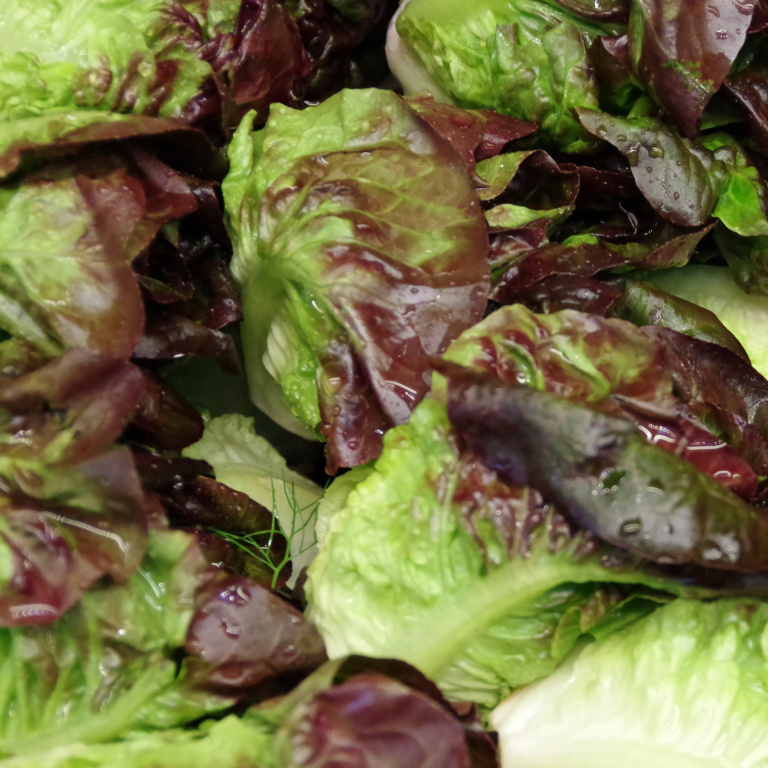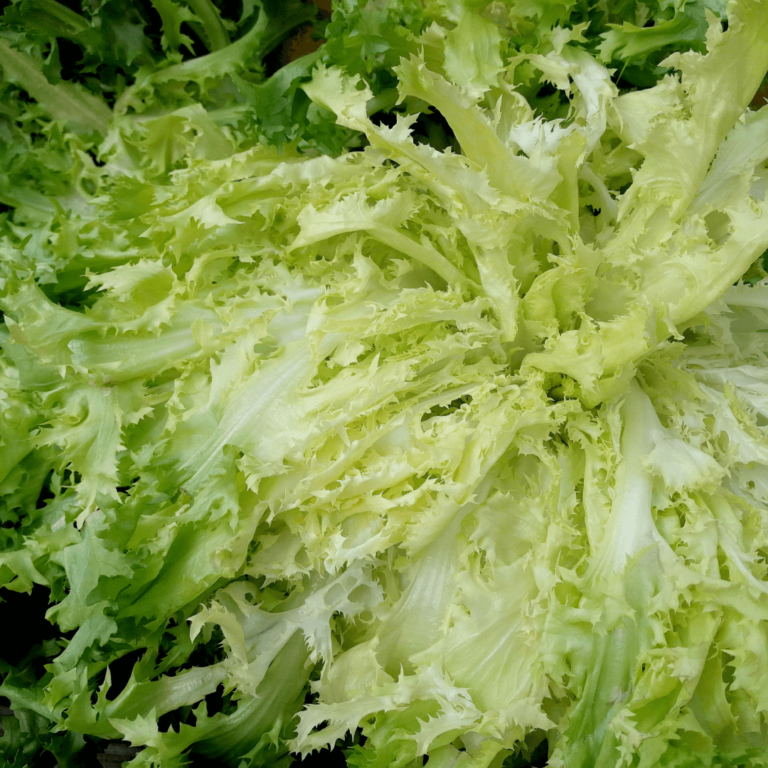Brussels Sprouts at a Glance
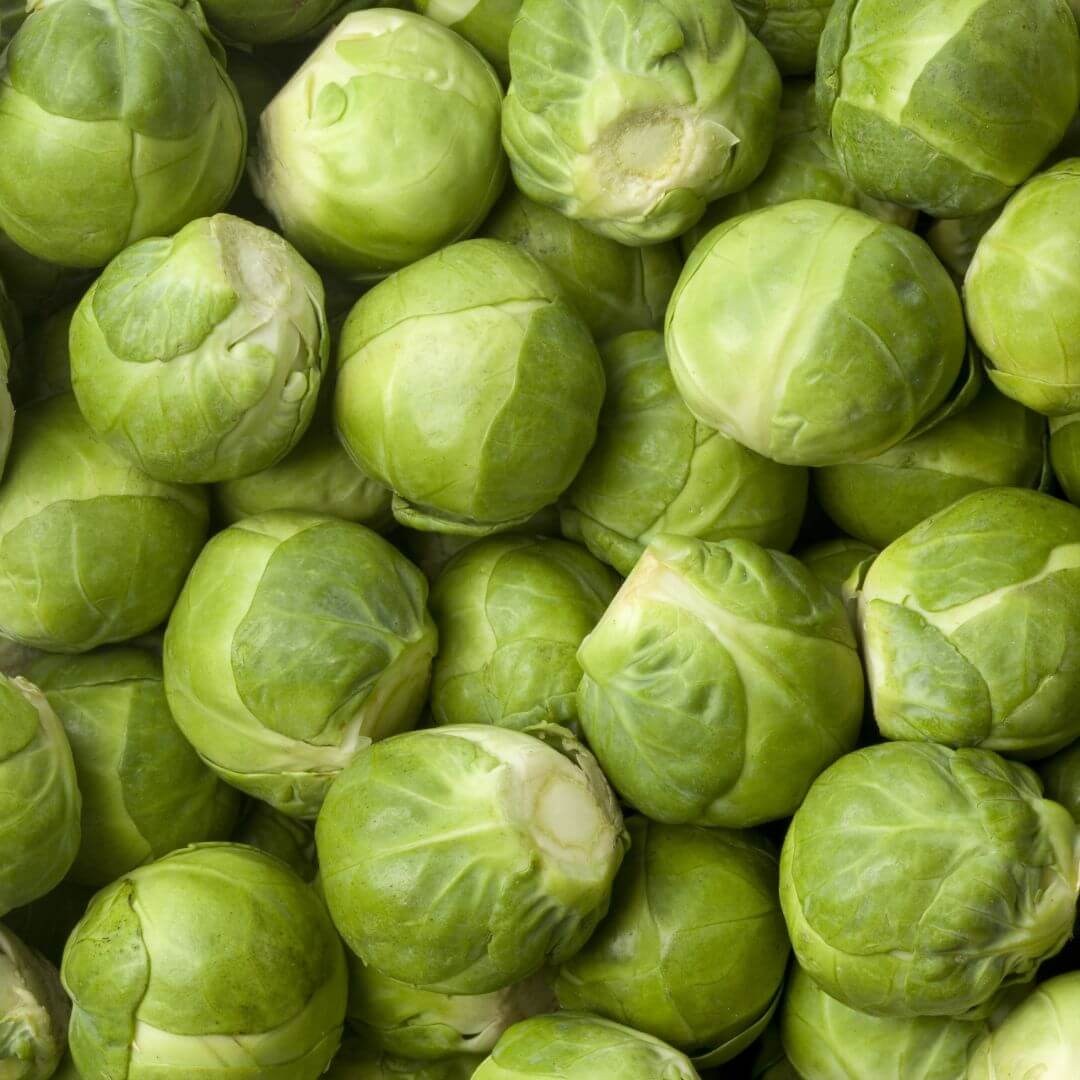

Scientific Name: Brassica oleracea var. gemmifera
Family: Brassicaceae (the mustard or cabbage family)
In Season: Fall to early spring, with peak season being from September to February.
Varieties: While there are numerous types of Brussels sprouts, the most common varieties include ‘Catskill’, ‘Churchill’, ‘Bubbles,’ ‘Tasty Nuggets,’ and ‘Dimitri.’ Each variety has slightly different flavor profiles.
Great For: Roasting, sautéing, and steaming. Brussels sprouts are also a superb addition to salads, stir-fries, and certain side dishes, offering a unique blend of texture and flavor that is always satisfying.
Brussels Sprouts Nutrition
High in Vitamins K, C, and A
Loaded with Fiber
Rich in Antioxidants
Common Questions about Brussels Sprouts
Raw Brussels sprouts give you a bold, earthy flavor that is slightly bitter, yet surprisingly sweet. When thinly sliced or shredded, they add a fresh, tender texture to salads and slaws. Their inherent bitterness can be easily counterbalanced with sweet or acidic ingredients like dried fruit, citrus, or a sharp vinaigrette.
Cooked Brussels sprouts can vary in flavor depending on how you prepare them. When cooked, the texture softens, the bitterness mellows, and they adopt a rich, caramelized sweetness—especially when roasted or sautéed. Braised Brussels sprouts provide a buttery taste, while grilling brings out a slightly smoky flavor.
Sautéing or roasting Brussels sprouts, which are the most popular ways to prepare them, results in high-flavor, low-bitterness dishes. Regardless of the cooking method, the key to avoiding overly mushy Brussels sprouts is to cook them just until they’re tender.
Growing Brussels sprouts
Brussels sprouts are typically ready to harvest when the tiny heads are firm, green, and 1 to 2 inches in diameter. They usually mature from the bottom of the stalk upward, so you should pick from the bottom. And unlike many veggies, Brussels sprouts improve in flavor after a frost, so many gardeners wait until after the first frost of the season to harvest.
To harvest, simply twist the sprout off the stalk, or cut it off with a sharp knife. Be sure to remove any yellowing leaves from the sprouts after picking.
Purchased Brussels sprouts
When purchasing fresh Brussels sprouts, look for heads that are firm, compact, and vivid green. They should be free from yellowed leaves and shouldn’t have any holes or browning, which could be signs of insect damage or spoilage. Smaller sprouts tend to be sweeter and more tender than larger ones.
Avoid sprouts with a strong or unpleasant odor, as this may indicate that they’re past their prime. Before eating, trim the base and remove any loose or discolored outer leaves.
Brussels sprouts should be stored in the refrigerator. Place them in a plastic bag, but leave it open or punch small holes to allow for air circulation. The vegetable crisper drawer is an ideal place for them.
If you bought Brussels sprouts on the stalk, they can also be refrigerated as is. This can help the sprouts stay fresh for a little longer—simply snap off the sprouts as needed.
Yes, Brussels sprouts can be frozen, and it’s a great way to preserve their freshness if you have more than you can use right away. Blanching helps to preserve their color, flavor, and nutritional value. After blanching, drain them well and pat them dry to remove as much moisture as possible. Frozen Brussels sprouts can be stored for up to a year.
Brussels sprouts are primarily grown in cooler climates, as they prefer cooler temperatures and improve in flavor after a light frost. They are a member of the Brassicaceae family, which also includes cabbage, broccoli, kale, and collard greens.
The largest producer of Brussels sprouts is the European Union, with the majority grown in the Netherlands, followed by the United Kingdom. California leads the US in production, with the majority grown along the Central Coast from June to January.
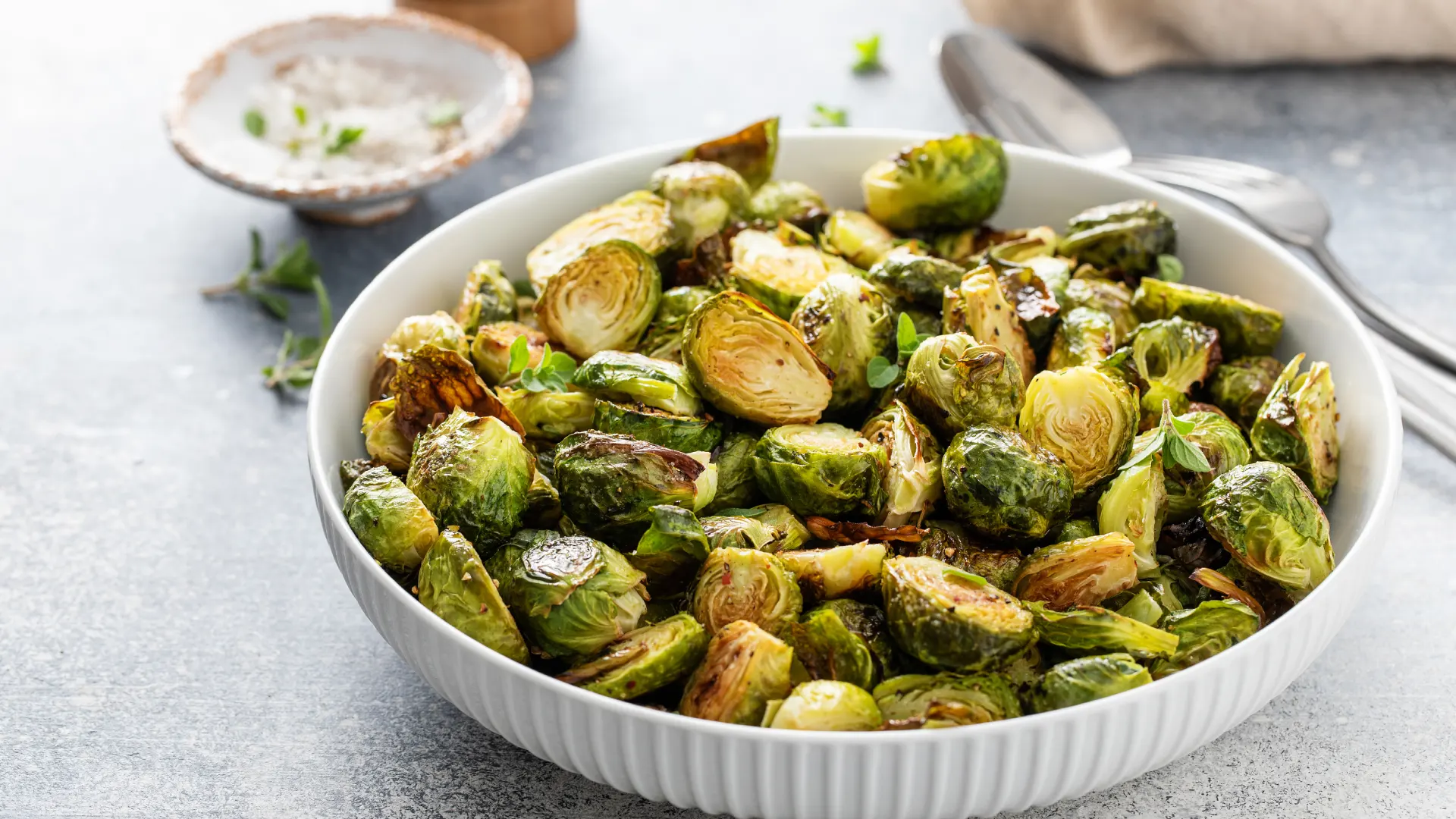

How to cook & serve Brussels sprouts
Roasting brings out a sweet, caramelized flavor in the sprouts. Toss them in olive oil, season, and roast in the oven until they’re golden and crisp. Pair them with a tangy balsamic glaze or sprinkle with Parmesan for extra flavor.
Sautéing gives them a deliciously crispy exterior while keeping the inside tender. Try adding garlic, shallots, or bacon for a savory twist.
Steaming gives the sprouts a softer, more subtle flavor that also retains more nutrients than boiling. Serve them up with a generous pat of butter and a squeeze of fresh lemon juice.
Grilling Brussels sprouts on a skewer gives them a strong, smoky flavor. They make a great side for grilled meats!
Raw Brussels sprouts add a fresh, crunchy element to salads when sliced or shredded.
Brussels sprouts’ robust flavor stands up well to a range of dishes. They’re great with hearty meats like steak or roast chicken, fish like salmon, or even tossed in pasta. For a vegetarian option, try them with quinoa or mix them into a grain salad. Their earthy flavor also complements sweet elements like dried cranberries, apples, or a drizzle of maple syrup.
